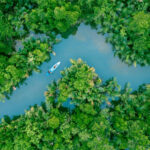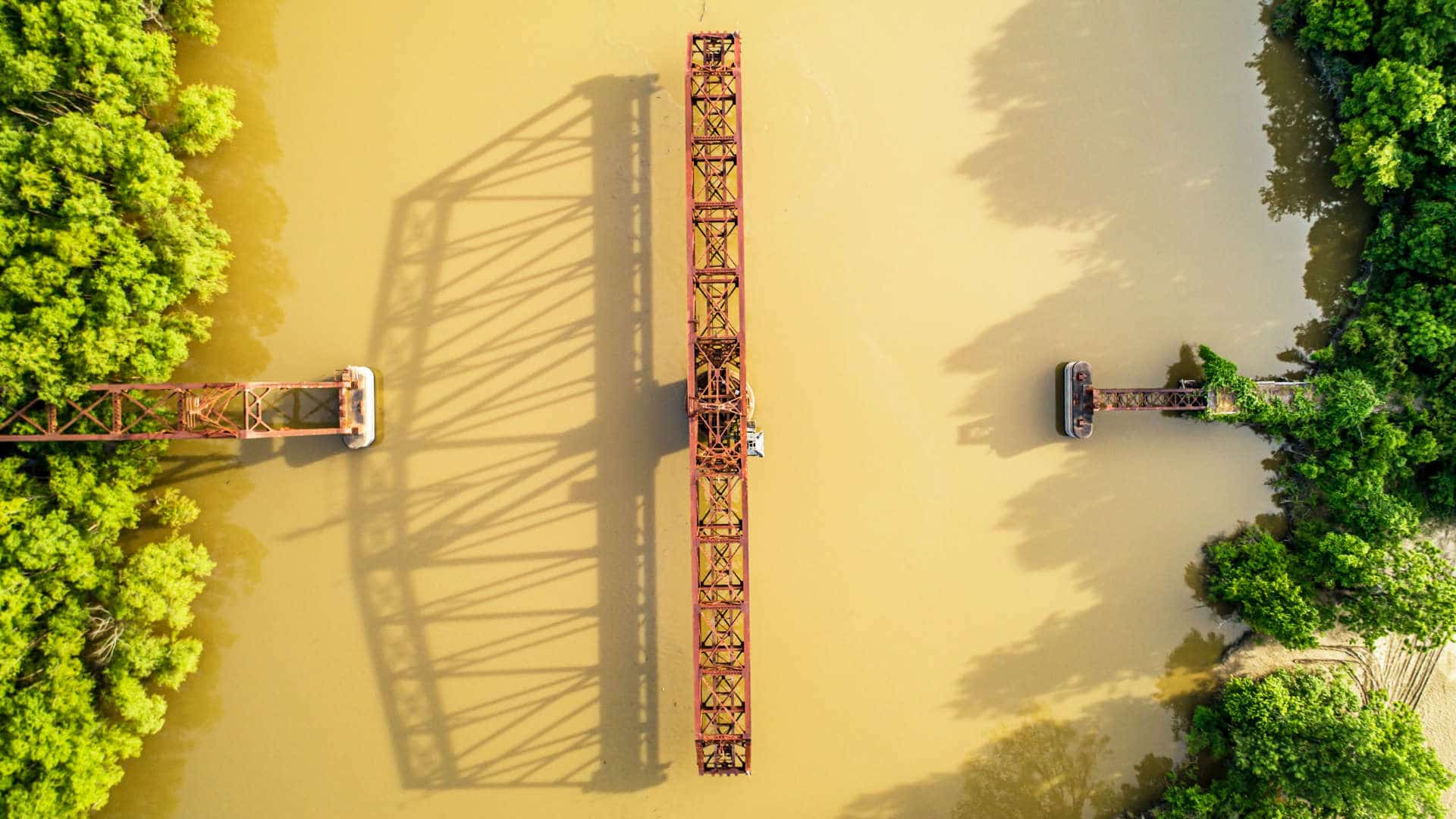No Waters Left Untouched: Fish Biodiversity Has Declined Globally
R
ivers in which fish populations have escaped serious damage from human activities make up just 14 percent of the world’s river basin area, according to the most comprehensive study to date.
Scientists found that the biodiversity of more than half of rivers had been profoundly affected, with big fish such as sturgeon replaced by invasive species such as catfish and Asian carp. Pollution, dams, overfishing, farm irrigation and rising temperatures due to the climate crisis are also to blame.
This story was originally published by The Guardian and is reproduced here as part of the Climate Desk collaboration.
The worst-hit regions are western Europe and North America, where large and affluent populations mean humans’ impact on rivers is highest, such as with the Thames in the U.K. and the Mississippi in the U.S.
Rivers and lakes are vital ecosystems. They cover less than 1 percent of the planet’s surface, but their 17,000 fish species represent a quarter of all vertebrates, as well as providing food for many millions of people. Healthy rivers are also needed to supply clean water.
Other recent research has shown that global populations of migratory river fish have plunged by a “catastrophic” 76 percent since 1970, with a 93 percent fall in Europe. Large river animals have fared worst, with some like the Mekong giant catfish on the verge of extinction. A 2019 analysis found only a third of the world’s great rivers remained free flowing, due to the impact of dams.
Sébastien Brosse, at Université Paul Sabatier in Toulouse, France, who led the new research, said rivers in many rich nations were unrecognisable compared with how they were before the industrial revolution. “Then we had sturgeon that were more than 2 metres in size, we had thousands of salmon, and many other fish that have almost disappeared today.”
“The River Thames is one of the most impacted – it scored the maximum 12 out of 12 in our study,” he said. “There has been an increase in water quality in western European and North American rivers in recent decades, but I’m not sure the speed of change is sufficient because there has been a really steep decline in fish populations.”
The highest river biodiversity is found in South America, but the researchers found that only 6 percent of the most intact rivers were in this region. “We really need strong political decisions to consider biodiversity as something important for humans,” said Brosse.
The research, published in the journal Science, examined almost 2,500 rivers in all parts of the world, except the polar regions and deserts. Previous work focused simply on species numbers, but this study included the ecological roles of the species, as well as how closely related the different species were. The researchers also took into account changes to biodiversity over the last 200 years.
A major change is the number of alien species introduced to rivers. “In western Europe, you will see North American salmon, black bullhead, which is a North American catfish, carp and goldfish that come from Asia, and mosquitofish,” Brosse said.
Across the world, common carp, largemouth bass and tilapia are among the most widespread exotic fish. They are adapted to still waters and have thrived as the number of dams has grown. This is homogenising the fish populations in rivers, making them less able to cope with environmental changes, such as global heating.
The least affected rivers were found in remote areas with few people, particularly in Africa and in Australia, although fish fauna in the Murray-Darling Basin have been damaged.
“But these least affected basins do not host enough species to maintain global biodiversity of fish,” said Grosse. “They only host 22 percent of the global fauna, so we also need to conserve the biodiversity in basins highly impacted by humans.”
“Frankly, I’m surprised that they found only 53 percent of river basins have undergone marked changes,” said Zeb Hogan, at the University of Nevada, U.S. “Almost all of the world’s largest rivers have undergone significant changes. Where there were once rivers full of salmon and sturgeon or chubs and suckers, there are now rivers with bass, bluegill, carp, and catfish.”
“The Amazon, Congo, and Mekong are more impacted than expected – a finding that may not be widely appreciated and could indicate that new dams and other pressures may have already had broad-scale impacts,” he said. “Measures taken to protect and preserve terrestrial and marine wildlife often fail to protect rivers.”
Brosse said the assessment of impacts in his study was probably an underestimate, because more fish extinctions were likely to have occurred than were officially recorded.












Comments are automatically closed one year after article publication. Archived comments are below.
Aren’t dams supposedly required for ‘renewable’ hydropower? It’s included in most green new deals, isn’t it? I’d be interested to learn what the change in fish populations has been over a longer period, such as over the last few centuries. From George Monbiot’s book ‘Feral’, it appears that the reduction of many species has been far greater than even this figure of 76%. Industrial scale fishing using mile-long nets and scraping the sea bed has been the practice in the Atlantic and the North Sea since the Middle Ages.